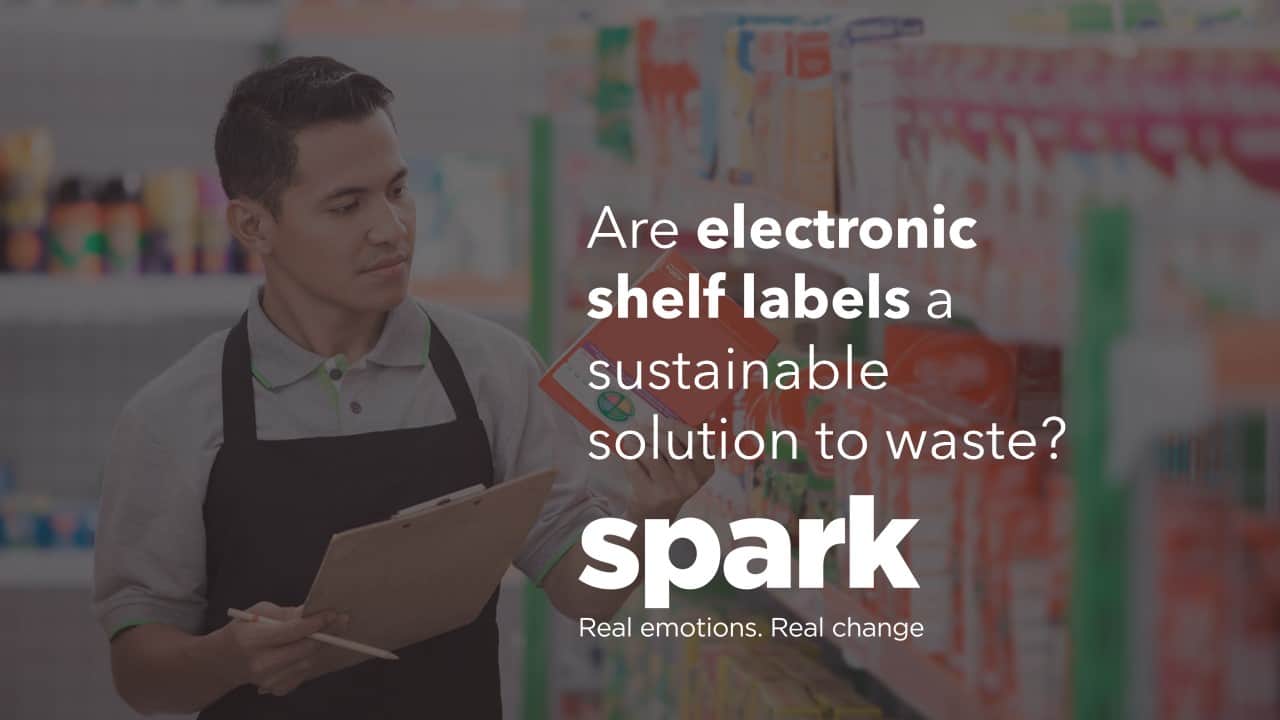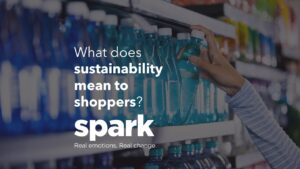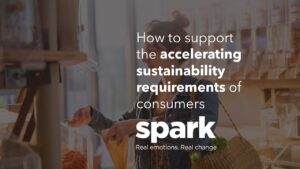The move toward environmentalism is in full flow, bringing sustainability to the forefront of shoppers’ minds. This growth in importance is changing the attitudes and behaviours of shoppers towards prioritising sustainability; 73% of customers stated they gravitate towards companies that prove they care about the environment (Displaydata). Even as recently as Easter 2022, Spark Emotions Mood of the Nation study identified that 61% of UK adults are willing to pay more for sustainable Easter eggs.
With an ever-increasing pressure from shoppers to become more sustainable, stock more environmentally friendly products and offer value for money, all whilst upholding profit margins in a fluctuating world of pandemics, wars, and supply issues, retailers are starting to consider implementing technologies that can help them in more than one way.
Electronic shelf labels (ESLs), although not a new technology, have seen significant improvements, making them a good option that retailers can implement to not only become more eco-friendly by reducing their carbon footprint but also increase efficiency and decrease long-term costs.
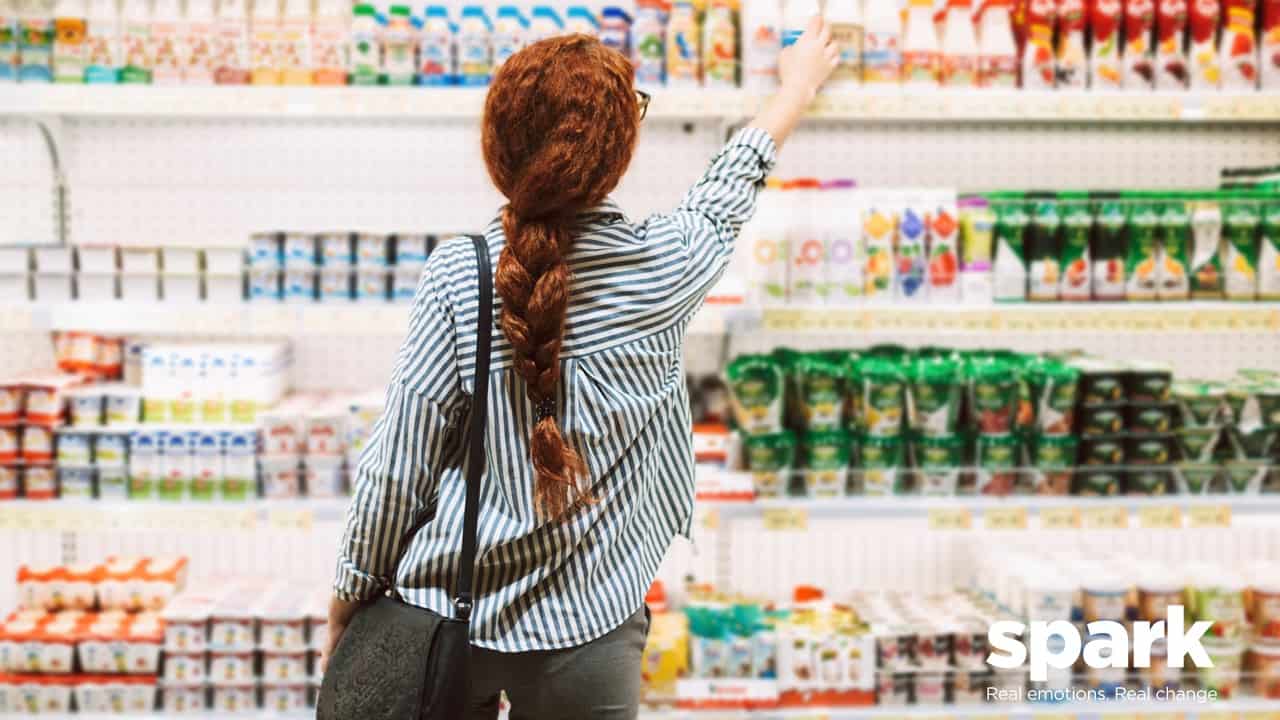
Lowering the carbon footprint
Thanks to continuous innovation, ESLs have become much more energy-efficient, reducing their running costs (Blynk). In unison with other technologies, they have been used by the likes of Kroger in their EDGE stores to reduce the need for powerful fluorescent lighting turned to full by ensuring customers can still see the price clearly, therefore lowering energy use and carbon footprint, and helping earn Kroger in 2018 the Energy Star Partner of the Year Award from the U.S. Environmental Protection Agency (Microsoft).
Reducing waste
Price tags need printing en-masse. They also need printing whenever prices need updating, products need to be reduced or errors need correcting, producing large amounts of paper waste as well as pollution from printer ink. Being able to save on paper and ink when wanting to update prices is one positive of easy and quick electronic price updates. The ease, speed and flexibility with which it can be done means prices can be smoothly adapted for perishable products close to their sell-by date to encourage shoppers to buy them and therefore reduce food waste (Blynk).
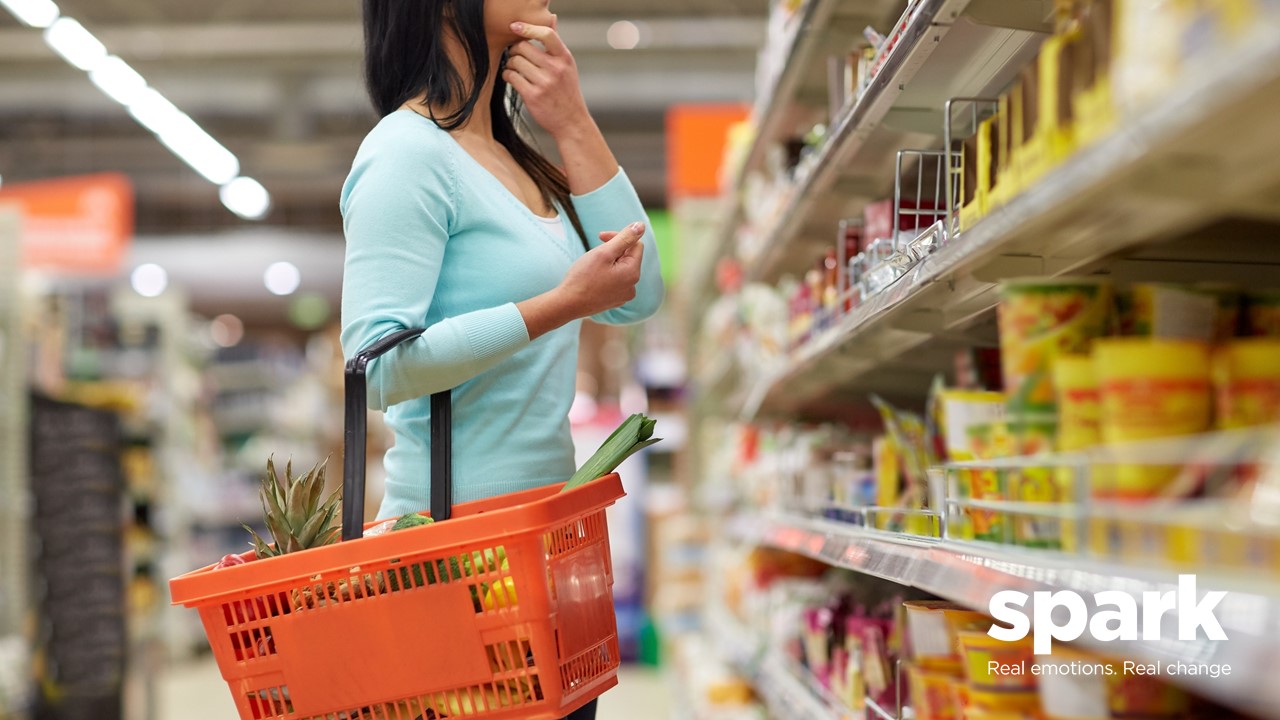
Efficiency
Carrefour is working to roll out the Pick to Light system across 500 stores by the end of 2022. Using the LED lights many ESLs have the Pick to Light system that guides store workers to quickly pick and pack online orders. This has been found to reduce the time it takes to do this, in particular for seasonal workers who are not as familiar with the store layout or product ranges.
Automating pricing and price changes not only reduces waste but also speeds up the process, with prices taking around 30 seconds to change in test scores. Removing such a labour-intensive process also allows sales associates to concentrate on other tasks and can lower labour costs.
Store operations can also be simplified through the use of ESLs, as price changes can be done centrally – some Southern Co-op stores have done this (Blynk).
With so many positive outcomes for retailers, it can be easy to omit shoppers and their role when thinking about implementing Electronic Shelf Labels. How do they feel about the new shelf labels and the dynamic price changes that can occur? If ESLs will start being used to share nutritional information (like Asda and Scotmid are currently trialling) would they know how to use it and would they use it? Would eco-conscious shoppers perceive ESLs as being more eco-friendly than paper labels and therefore change their attitude towards the retailer, or go the opposite way?
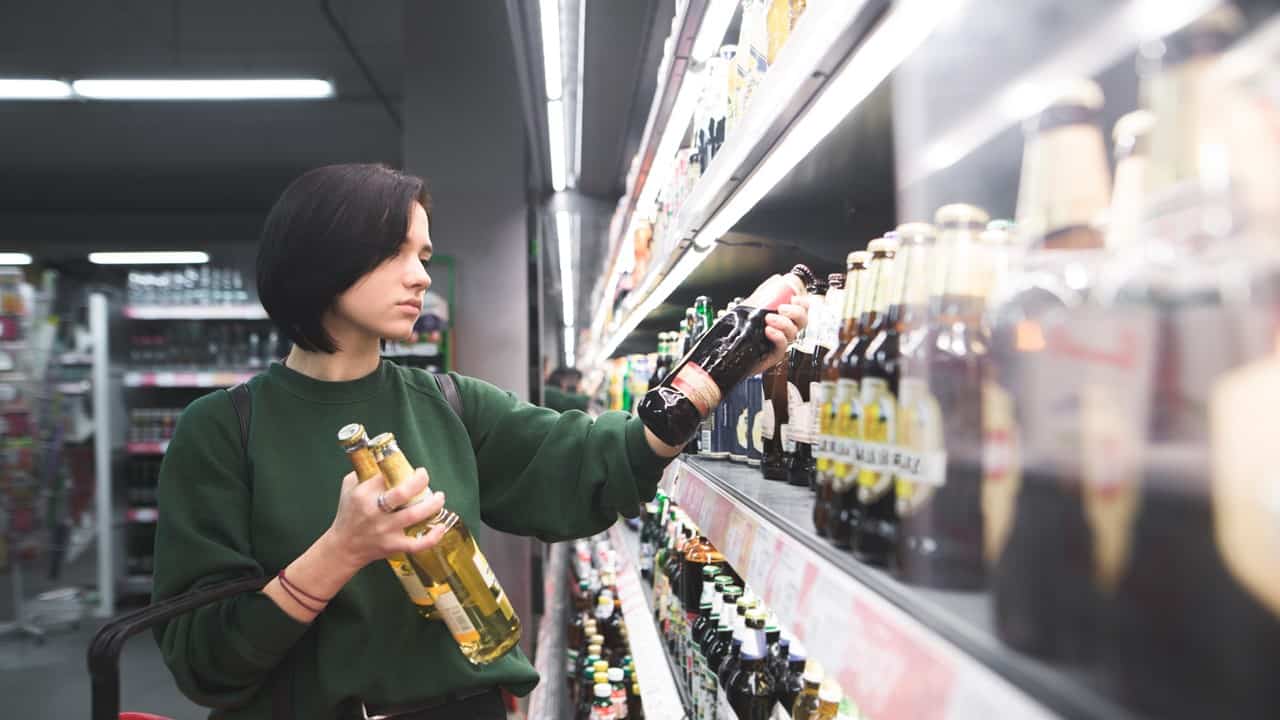
How can we help?
At Spark Emotions, we are experts in consumer behaviour. We discover what your customer really wants and looks for in-store through our multiple methodologies that capture real emotions in real-time. Our cutting-edge methodologies can help give you the shopper insight you need to decide if electronic shelf labels are a technology you should be investing in. Read our case study on how we used eye-tracking and Xtraviews to help Foot Locker increase its conversion rate by improving its in-store merchandising.
As technology becomes more intertwined with our everyday lives, shoppers are often an afterthought. By understanding their feelings and thoughts, you can help them navigate the changing face of retail whilst keeping them coming back. Our Shopper Behaviour expertise helps our clients understand their shoppers and keep their loyalty. Get in touch to find out how we can help you!
Related articles:
If want to keep on top of the latest sustainability trends then read our article on what sustainability means to shoppers or our article on how a paper bottle could impact Coca Cola’s distinctive assets.

Written by Amelia Gavrila, Senior Insights Executive at Spark Emotions.
If you have any questions, feel free to reach out to Amelia via email amelia.gavrila@sparkemotions.com or connect on LinkedIn



